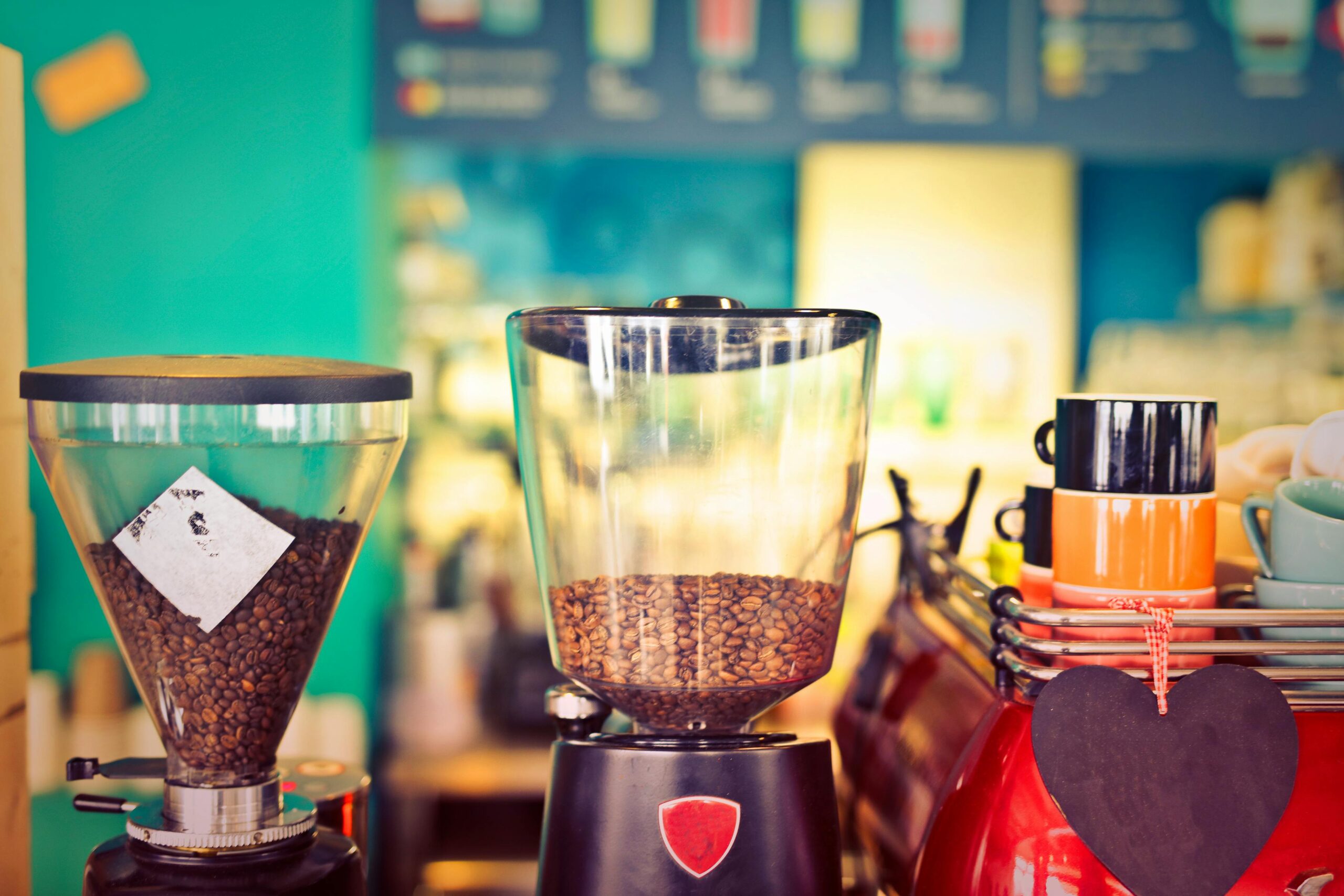For many coffee lovers, buying the first espresso machine feels like stepping into a new world. The rich aroma of freshly brewed espresso, the perfect crema, and the possibility of creating café-style drinks at home can be life-changing. But with so many models, features, and price points, choosing your first espresso machine can feel overwhelming. This guide will walk you through everything you need to know before making your investment, so you can confidently select the right machine for your needs and lifestyle.
Why an Espresso Machine is Worth the Investment
An espresso machine is more than just a gadget—it’s a tool that transforms your daily coffee ritual. Instead of relying on expensive café runs, you’ll have the freedom to prepare lattes, cappuccinos, and macchiatos in your own kitchen. Over time, this not only saves money but also allows you to experiment and refine your barista skills.
Another key benefit is consistency. Unlike traditional brewing methods, an espresso machine ensures controlled pressure, water temperature, and extraction time, giving you a balanced, bold flavor with every shot.
Understanding the Types of Espresso Machines
Before you rush into buying, it’s important to understand the different categories of espresso machines. Each comes with its own advantages and learning curves.
Manual Espresso Machines
Manual or lever machines give you complete control over the brewing process. They are visually striking, often built with high-quality materials, and appeal to purists who enjoy the art of pulling an espresso shot by hand. The downside is that they require skill and practice, which can be challenging for beginners.
Semi-Automatic Machines
Semi-automatic machines strike a balance between control and convenience. They handle the water pressure automatically but allow you to manage grinding, tamping, and extraction. This option is excellent if you want to learn the craft of making espresso while still having some automation to help.
Fully Automatic Machines
Fully automatic models make the brewing process easier by managing water flow and shot timing. You’ll still need to grind and tamp the coffee, but these machines ensure consistency. They are perfect for beginners who want good espresso without mastering every detail right away.
Super-Automatic Machines
Super-automatic espresso machines are the ultimate convenience. They grind the beans, tamp, brew, and even froth milk with the press of a button. They’re ideal if you want café-quality coffee with zero hassle. However, they tend to be more expensive and give you less control over the brewing process.
Capsule or Pod Machines
Pod-based espresso machines like Nespresso are budget-friendly and user-friendly. They’re fast, require little to no cleaning, and are great for beginners. The drawback is that you’re limited to using branded pods, which can be costly over time and offer less customization.
Key Features to Look For
Once you know the type of machine you prefer, it’s time to consider the features that make a real difference.
Boiler System
Espresso machines use different boiler systems:
- Single Boiler: Affordable but can’t brew espresso and steam milk at the same time.
- Heat Exchanger: Allows brewing and steaming simultaneously with stable temperature.
- Dual Boiler: Best for heavy users; provides the most control and consistency.
Pump Pressure
Look for a machine with at least 9 bars of pressure—the standard for extracting a proper espresso shot. Many machines advertise 15 bars, which is more than enough.
Grinder Compatibility
Freshly ground beans are crucial for great espresso. Some machines come with built-in grinders, while others require a separate purchase. Investing in a burr grinder is strongly recommended for consistent results.
Steam Wand
If you love cappuccinos or lattes, a steam wand is essential. Basic machines may have pannarello wands, which are easier for beginners, while advanced machines feature professional-grade steam wands for silky microfoam.
Size and Design
Consider your kitchen space and the design of the machine. Do you want something sleek and modern, or a classic stainless-steel look? Remember that some machines also require extra space for accessories like grinders and tampers.
Ease of Cleaning
Espresso machines require regular cleaning. Super-automatic models often come with built-in cleaning cycles, while manual and semi-automatic options need more hands-on maintenance. Choosing a machine that matches your willingness to clean is crucial.
Budget Considerations
Espresso machines vary widely in price, from under $200 to several thousand dollars. Here’s a breakdown of what you can expect:
- Entry-Level ($100–$400): Capsule machines and basic semi-automatic models. Great for beginners but limited in durability and customization.
- Mid-Range ($400–$1,000): High-quality semi-automatics, some fully automatics, and starter-level super-automatics. A good balance between performance and price.
- Premium ($1,000 and above): Dual boiler semi-automatics, high-end super-automatics, and manual lever machines. These are built to last and deliver café-quality espresso.
When budgeting, also factor in accessories such as a grinder, tamper, frothing pitcher, and cleaning supplies.
Best Espresso Machines for Beginners
To make your choice easier, here are some popular beginner-friendly models:
- Breville Bambino Plus – Compact, fast heat-up, and easy for beginners.
- De’Longhi Dedica – Affordable and slim design, great entry-level machine.
- Gaggia Classic Pro – A semi-automatic classic, durable and ideal for learning.
- Nespresso VertuoPlus – Pod-based and super convenient for quick espresso.
- Philips 3200 LatteGo – A super-automatic option with a built-in milk frother.
Each of these machines balances usability, affordability, and performance, making them excellent choices for your first espresso adventure.
Tips for First-Time Owners
Buying the right machine is just the beginning. Here are some tips to ensure your espresso journey is enjoyable:
- Invest in Fresh Beans: Always buy freshly roasted coffee beans for the best flavor.
- Learn to Grind: A burr grinder ensures consistency and prevents bitter or weak shots.
- Practice Tamping: Applying the right pressure when tamping is key to balanced extraction.
- Experiment with Milk Frothing: If your machine has a steam wand, practice creating smooth, velvety foam.
- Maintain Your Machine: Clean it regularly, descale when needed, and replace water filters to extend its lifespan.
Final Thoughts
Choosing your first espresso machine doesn’t have to be complicated. By understanding the types of machines, their features, and your personal preferences, you can find the perfect fit for your lifestyle. Whether you want the hands-on artistry of a semi-automatic or the push-button convenience of a super-automatic, there’s a machine out there to transform your coffee routine into a daily pleasure.

